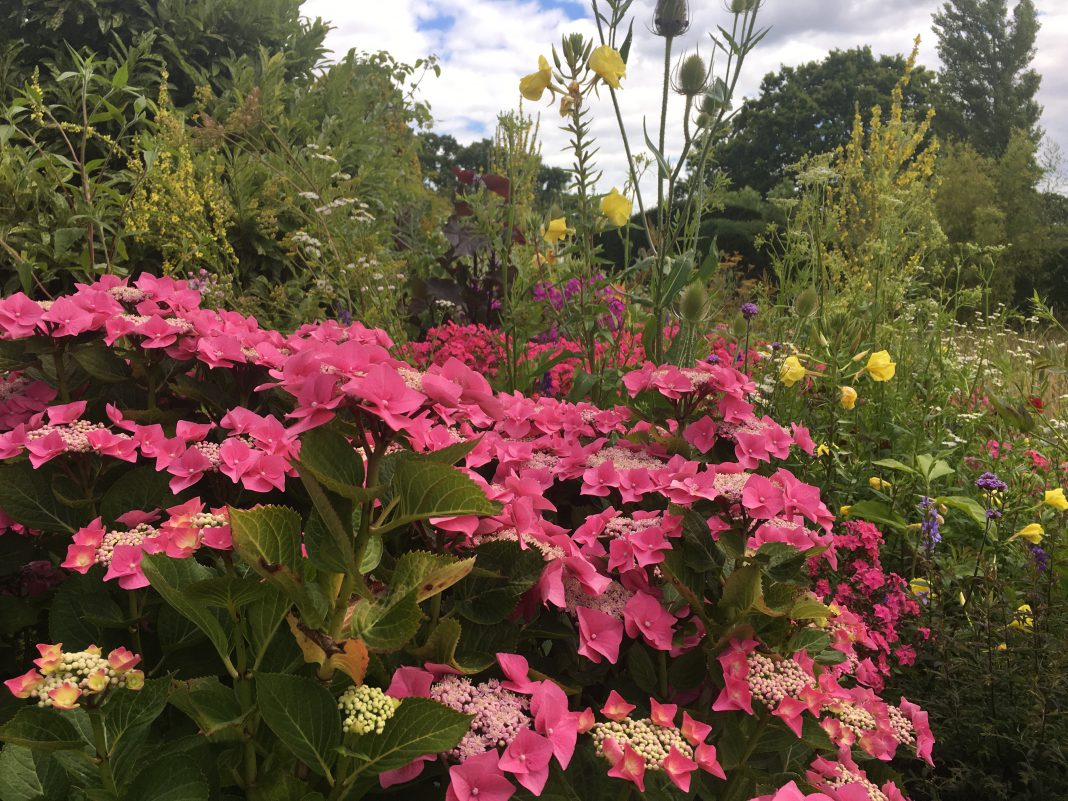On Wednesday, July 29 Fergus Garrett, head gardener at Great Dixter in Northiam, who is also the chief executive of the Great Dixter Charitable Trust, ran another of the series of online lectures he has been doing on Zoom, this time on integrating annuals and biennials into borders.
This was a continuation of earlier webinars that have been produced by Great Dixter during the last two months, in response to the Covid-19 outbreak, the closure of the house and the reopening of the garden to booked entry only. To find the online events, click on shop online
Aaron Bertlesen, vegetable gardener and cook, has also done two of the online lectures, the latest on recipes from the Great Dixter kitchen, using the produce from the gardens. These online webinars are excellent value, with plant lists and downloads available for each of the lectures.
Obviously although a poor substitute for Fergus’ amazing study days, this was actually a really good way to hear him speak without having to leave home, take annual leave or drive miles.
Nothing can improve on the actual experience of being in the gardens and fully engaged with the plants, borders and surrounding landscape, of course, but there was lots of learning to be had, excellent slides to illustrate the points being made and in the case of Aaron’s lectures, pictures of the kitchens and yard not normally seen on any house tour.
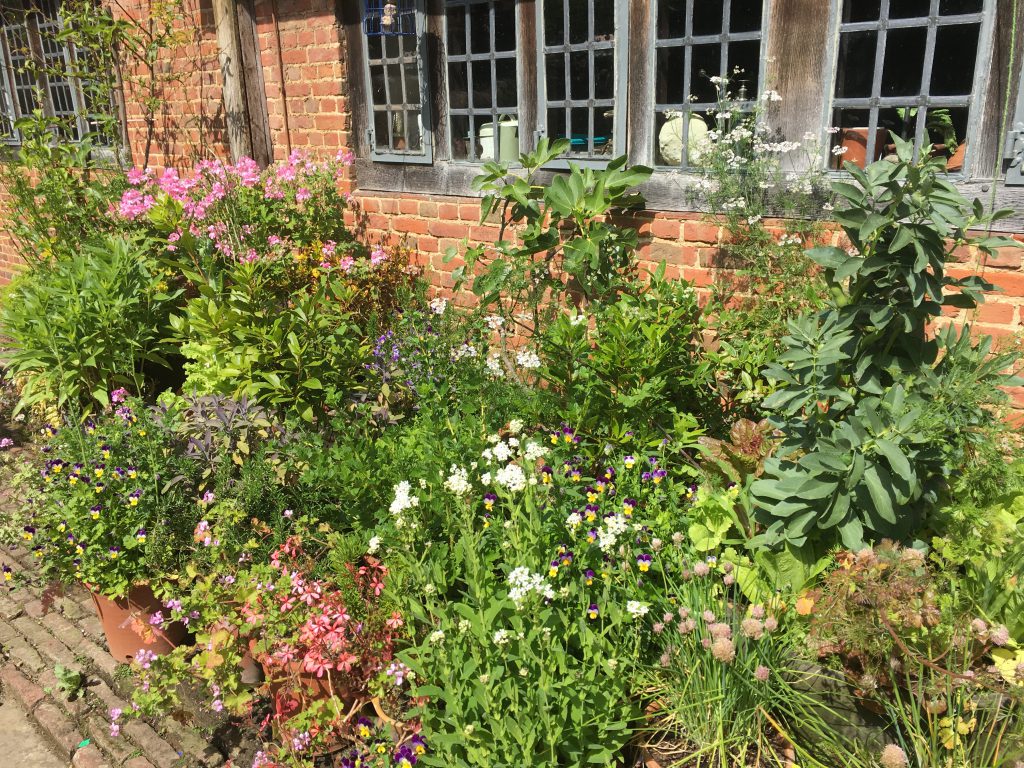
To give some background for those less familiar with Great Dixter gardens, the property was purchased by Nathaniel and Daisy Lloyd as a home for their growing family in 1910. The gardens themselves were mostly designed by Sir Edward Lutyens and incorporated farm buildings on the site after the alterations to the house between 1910 and 1912.
Christopher Lloyd, the youngest of Daisy and Nathaniel’s children, was the one most interested in the garden from an early age, and it was he who developed it on from his parents. The garden was described by Anna Pavord, the well known garden writer, broadcaster and designer as “the most generous garden imaginable” and Christopher Lloyd devoted his life to its creation.
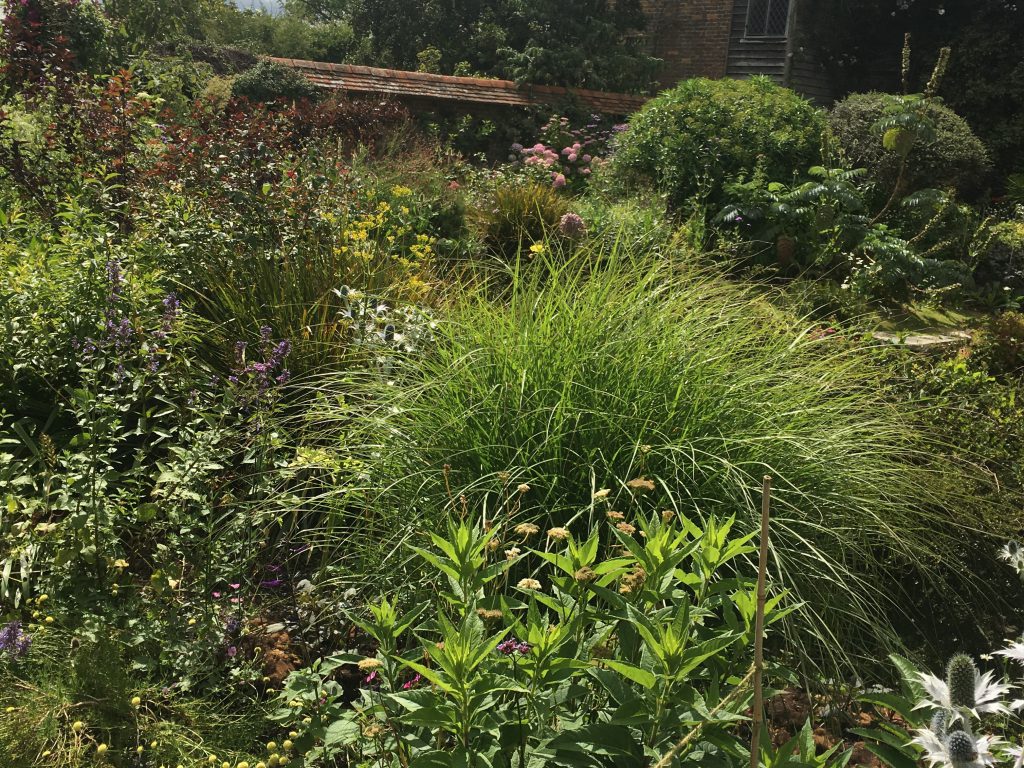
The gardens surround the house and have a strong infrastructure of buildings, hedges and trees with mixed planting in the borders, hopefully shown in these pictures taken earlier this month. Christopher Lloyd described it as a high maintenance garden, noting that “effort brings its own reward”, and that the mixed borders brought together a strong structure of perennials, biennials and annuals against the shrubs and trees.
Colour challenges were welcomed as “all colours are potentially good, but certain expressions of a colour may be bad” and self sown plants were encouraged, then as now, a major point of the lecture.
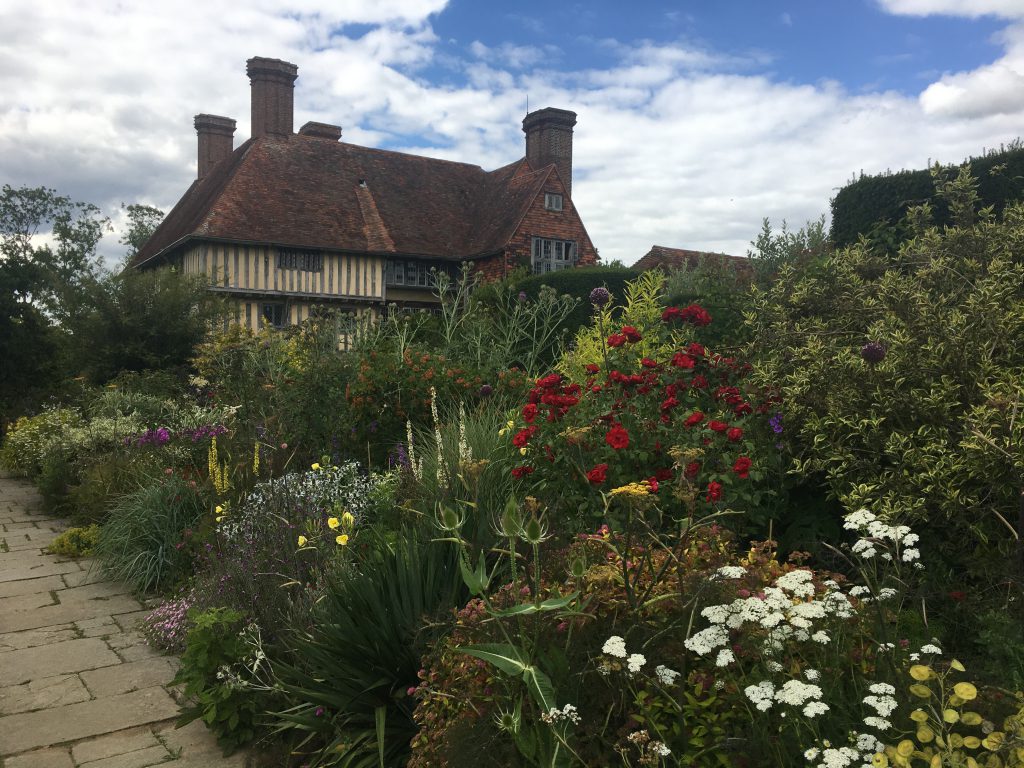
The gardens are managed by Fergus Garrett in the same way now and the webinar helped explain the very careful thinking and planning that goes into the garden month on month, as well as providing a multitude of ideas for the less experienced gardener, who does not have the benefit of a comprehensive training or the creativity displayed by Fergus and his team. The last word comes from Christopher Lloyd:
“Excitement is an essential element in successful gardening. Experiment – try it out and see, using plants you like”. A garden should be full of “feeling and exuberance”. Exactly as Great Dixter garden is today.
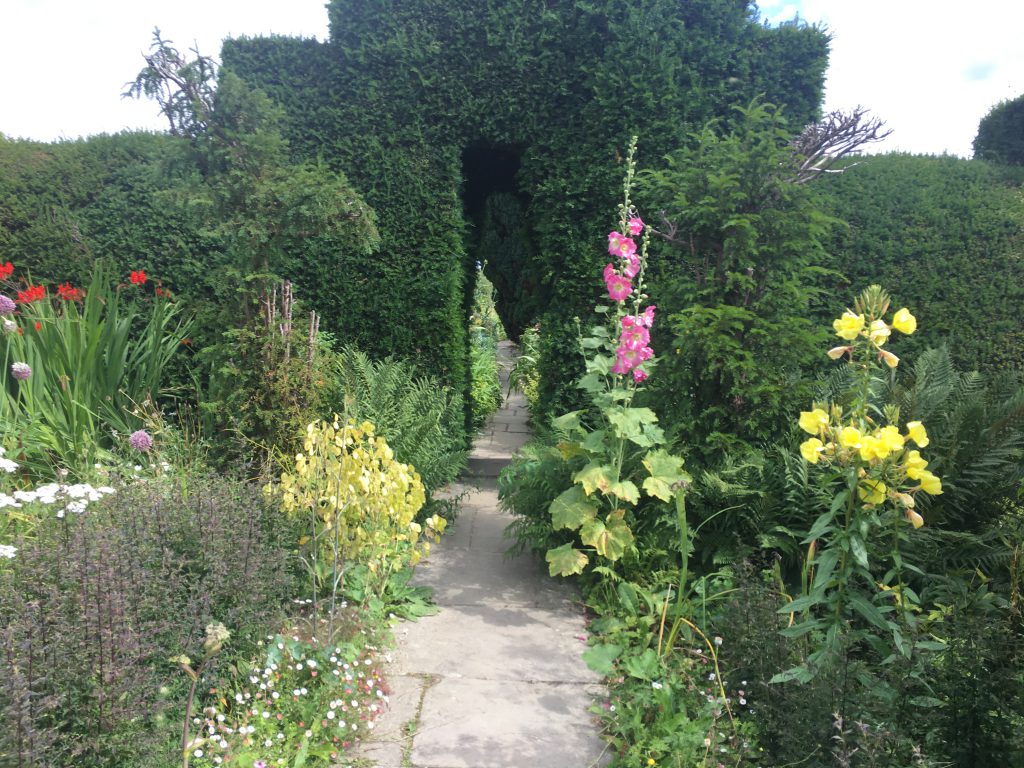
References:
Colour for adventurous gardeners. Christopher Lloyd. Paperback 2004 ISBN 978 0 563 52171 6 BBC Books
Meadows at Great Dixter and beyond. Christopher Lloyd, Fergus Garrett. Revised Edition 2016 ISBN 878 1 910258 03 3. Pimpernel Press
Image Credits: Gillian Roder .



